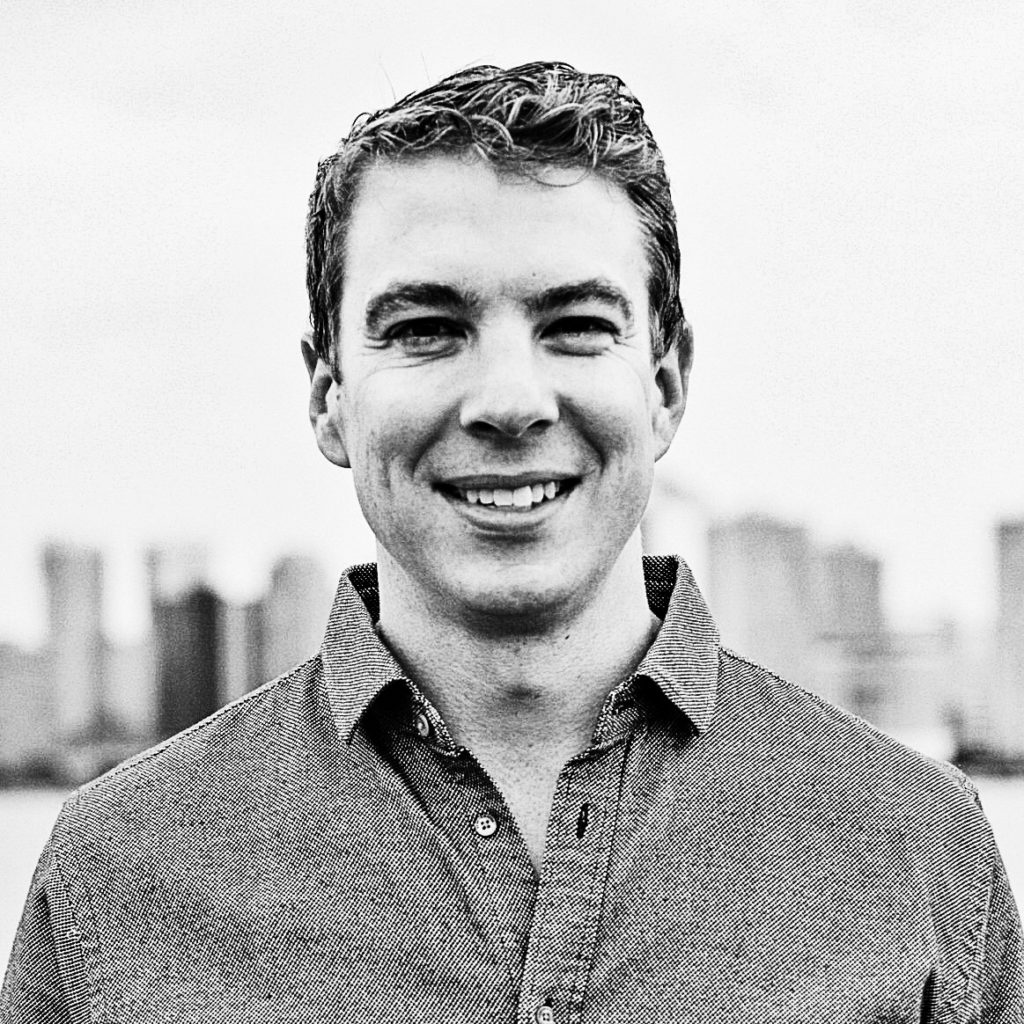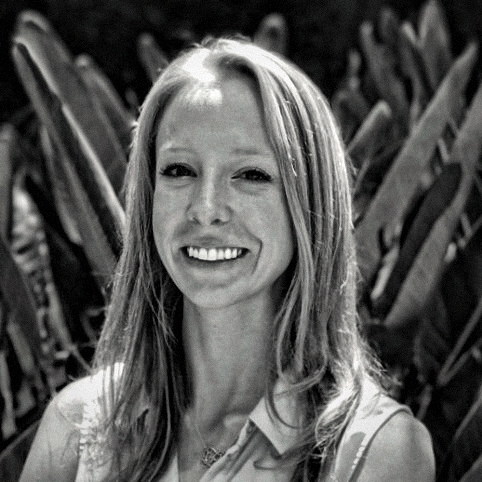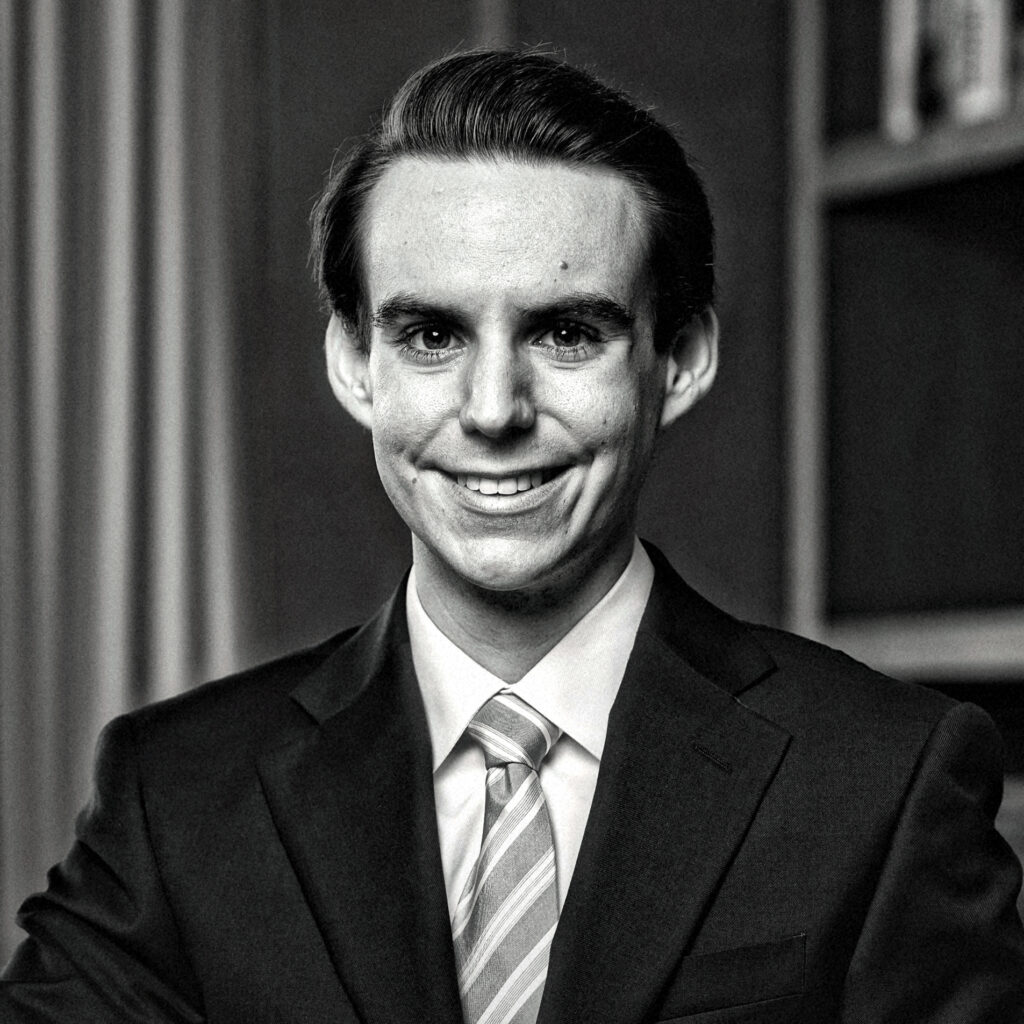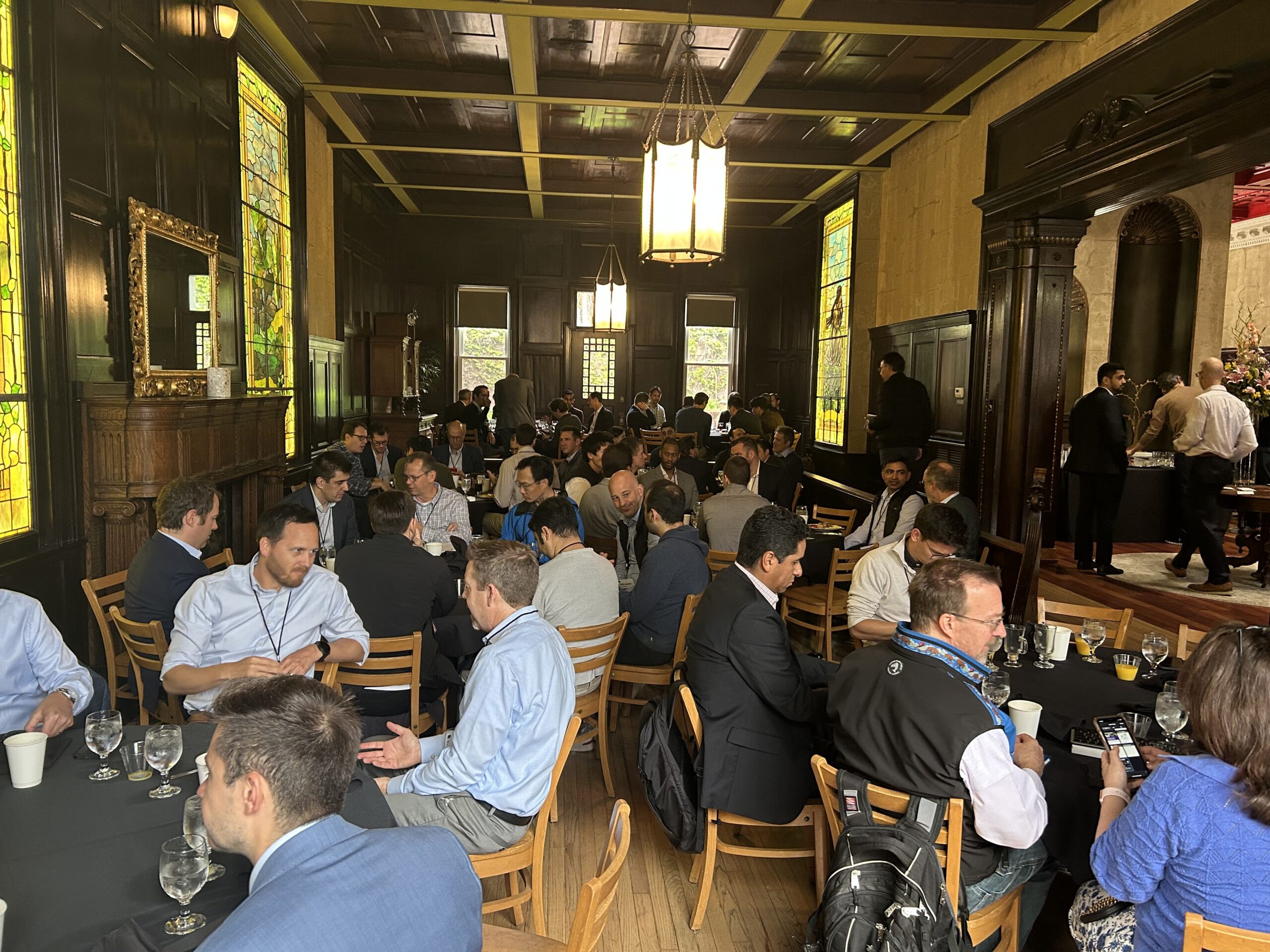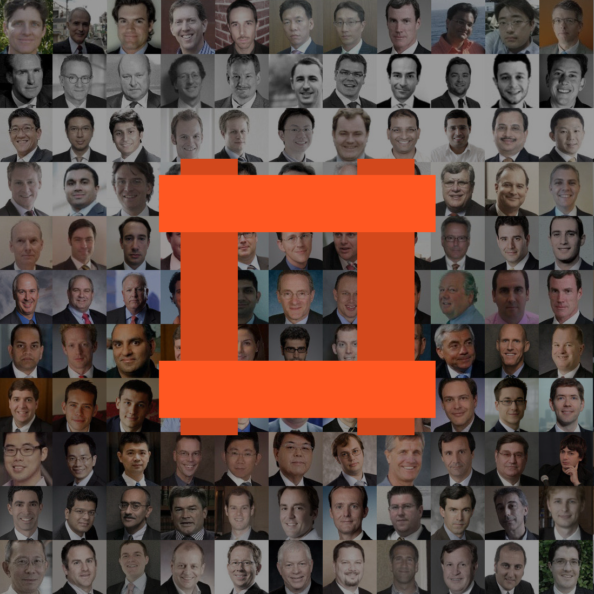This article is authored by MOI Global instructor Mark Walker, Managing Partner of Tollymore Investment Partners, based in London.
One of the foundations of Tollymore’s investment philosophy is a belief in the advantage that a long-term mind-set affords to patient investors with patient capital. While data democratisation has eroded informational edge for professional investors, the shortening of security holding periods has increased the advantage of time arbitrage for long term investors. As a long-term investor my efforts are focused on finding companies capable of increasing their intrinsic values through their own efforts. This compounding of value creation takes time, and the compounding can be lumpy, but it can lead to astonishing long-term results.
One of the consequences of this long-term focus is that catalysts are not a prerequisite to investing. The timing of the market’s recognition of the true intrinsic value of a business is not predictable. The key is to therefore only invest when there is a very large gap between the market price and a conservative estimate of private business value. It is also not enough to target investments that can generate high annual returns over the long term, without thoughtful assessment of the prospects of structural intrinsic value impairment, capital structure appropriateness, and the company’s quoted price relative to current intrinsic value.
So, we are looking for businesses that can sustainably create value through their own efforts. This means finding companies that can earn economic profits in excess of the cost of the capital employed to generate those profits. We want companies that can do this sustainably. In the absence of lasting unfair advantages, the entry of new capital and intelligent effort will drive returns towards to the cost of capital. This capital cycle economic theory is academically and empirically broadly accepted.
There are two ways to potentially profit from this capital cycle. The first is to invest in the mean reversion of returns to cost of capital levels. This requires the ability to time the entry and exit of capital within an industry, and the catalysts that might give rise to a change in returns on capital e.g. the closure of factories, industry consolidation or bankruptcies. In addition, this requires ‘renting’ the stock for a period of the capital cycle when the market is extrapolating forward financial performance that is likely to mean revert. For these two reasons, this approach is inconsistent with an investment programme which has long term business ownership as the cornerstone of its investment philosophy.
The second approach is to identify companies whose supernormal profit potential is larger and more sustainable than the market believes. This is consistent with the recognition that patient temperament and capital are important sources of edge in executing a long-term investment strategy.
Assessment of business quality involves gathering evidence that supports or refutes the existence of an economic moat, developing an understanding of the factors that have created this moat and whether the moat is likely to narrow or widen in the future. This involves a close examination of management’s incentives and capital allocation ability. Management must be able to sensibly compare the value of various capital allocation choices. A rigid cash use ranking will not do. Dividends are value destructive if they are made in lieu of available positive NPV investments. Share repurchases are value destructive if shares are acquired at market quotations materially above intrinsic value. Asset growth shrinks per share business value if incremental cash returns are below the opportunity cost of investing.
While an appreciation of frameworks such as Porter’s Five Forces is useful in understanding competitive dynamics within various industries, it is important to safeguard against an overly prescriptive employment of these frameworks. Sometimes investors seem very keen to apply a ready-made label to the source of a company’s moat e.g. switching costs, network effects, intangible assets, cost advantages and so forth. Again, an understanding of these models and how they can give rise to unfair advantages is helpful, but that understanding is accompanied by the risk that investors thoughtlessly reach for the label that fits without really understanding from first principles how the company generates value for its owners. In addition, disruption across various industries is calling into question the relevance of previously accepted moat sources. See for example the current debate about brand value in the consumer staples space. Changing distribution models are calling into question the equity of brands which serve to lower search costs. In addition, the de-linearisation of TV viewing has impaired consumer staples companies’ scale advantage in purchasing globally consumed TV advertising to reinforce brand advantage. In retail the emergence of platform business models such as dropshipping and virtual inventory solutions are connecting vendors directly to consumers, obviating the requirements for retailer warehousing, lowering the barriers to entry in online retail by eroding the SKU variety advantages of incumbents.
The core tenets of this investment philosophy are not unique. But this is a hugely competitive industry, so what is the edge that will generate superior long-term investment results? It is behavioural. It is the ability to act in a way that is faithful to the tenets of the investment philosophy described above. The ability to execute a long-term investment strategy.
Over my fourteen years of financial analysis and investment research experience I have gained an insight into how the actors in the fund management industry behave according to the incentive frameworks that are in place at large institutional money managers. The experience serves as a reminder that the industry at large is not concerned with behavioural edge, it is therefore not consciously focused on making good decisions. If there is one thing in which I have gained conviction over the years, it’s that incentives matter.
Analytical edge may be possible, but a belief that we can more intelligently analyse information than our very smart and experienced peers can invite overconfidence and hubris. When we become overconfident, we become unreceptive to evidence that contradicts our opinions. It is important to develop strategies and systems to ensure we remain sceptical of our own views and attentive to the facts and evidence that may support or refute them.
The asset management industry is littered with constraints which impede our ability to make good decisions. Most prominent amongst them the preponderance of short-term investment strategies driven by short term capital and career risk. Fund managers feel they need to justify high fees with exotic strategies, proprietary and complex idea generation engines and creative investment theses. It isn’t clear to me that these lead to better performance.
The organisation of roles and responsibilities within large asset managers can lead to overconfidence. Sector focused analysts (focused on analytical rather than behavioural edge) have a small investment universe but are forced to pick winners and losers. This narrow focus can encourage excessive data collection and detailed financial forecasting, leading to overconfidence. The segregation of roles can impede rational decision making too. Sector analysts may have done extensive research, but portfolio managers have not. A portfolio manager operating within such an investment programme may therefore lack the conviction required to act optimally in the face of share price volatility because his set up encourages him to take the quoted price as a signal of value.
The design and implementation of thoughtful incentive structures is crucial to being able to faithfully execute a genuine long-term investment strategy. Fee structures should avoid the undesirable outcome that investment managers can become rich by delivering below cost of capital returns to investment partners. Investment managers without skin in the game face a major impediment to good decision making, because it makes it harder to fight the asset gathering imperative in pursuit of a returns-focused investment objective. Entrepreneurs often say that execution is more important than ideas. The same is true of investment strategies. The ability to execute a strategy is more important than the uniqueness or marketability of that strategy (for performance, not necessarily for gathering assets). So, it’s important to think about how we can best execute our strategy. There are no points for difficulty or originality in this business; there are points for making decisions that lead to satisfactory long term returns for our partners and clients.
I recently had the pleasure of spending a day with Annie Duke, the professional poker player and author, with several other emerging investment managers. We discussed many of the concepts from her great book Thinking in Bets: Making Smarter Decisions When You Don’t Have All the Facts. Poker, like investing, is a game of decision making under conditions of uncertainty over time. In Poker, as in investing, there are many impediments to making good decisions, relating to the way in which we form beliefs, our willingness to seek confirming evidence and discount contradictory information[1], the impact that intelligence has on our ability to combat these biases[2], and our tendency to create a cosy and pleasant self-narrative by giving others our strong opinions, reducing the likelihood that they will share with us their, potentially valid, dissenting position[3].
This last point is so important. Investment management is an industry filled with smart people with strong opinions. It is not filled with wonderful decision makers. So strong is the inclination to have people believe us, to have our peers and clients validate our ideas, that we subconsciously but harmfully shrink our capacity to make good decisions. Thankfully Annie has some suggestions to help us improve our decision making. Central to the solution is the recognition and expression of uncertainty. If we were forced to bet on our opinion would we calibrate the certainty with which we express it? By thinking about outcomes and expressing opinions probabilistically, we invite others to share information with us, and we can incorporate new information into our thinking in a more unbiased way. By promoting exploratory thought and avoiding confirmatory thought, we can reason to be accurate rather than reason to be right, to the ultimate benefit of our investment partners.
[1] As Simon and Garfunkel put it, “A man hears what he wants to hear and disregards the rest”.
[2] Greater intelligence makes it harder to combat biases as smarter people are more able to organise the data in a way that supports the incumbent belief.
[3] As Annie put it: “We choose to make our present self feel good at the expense of our future self”.


